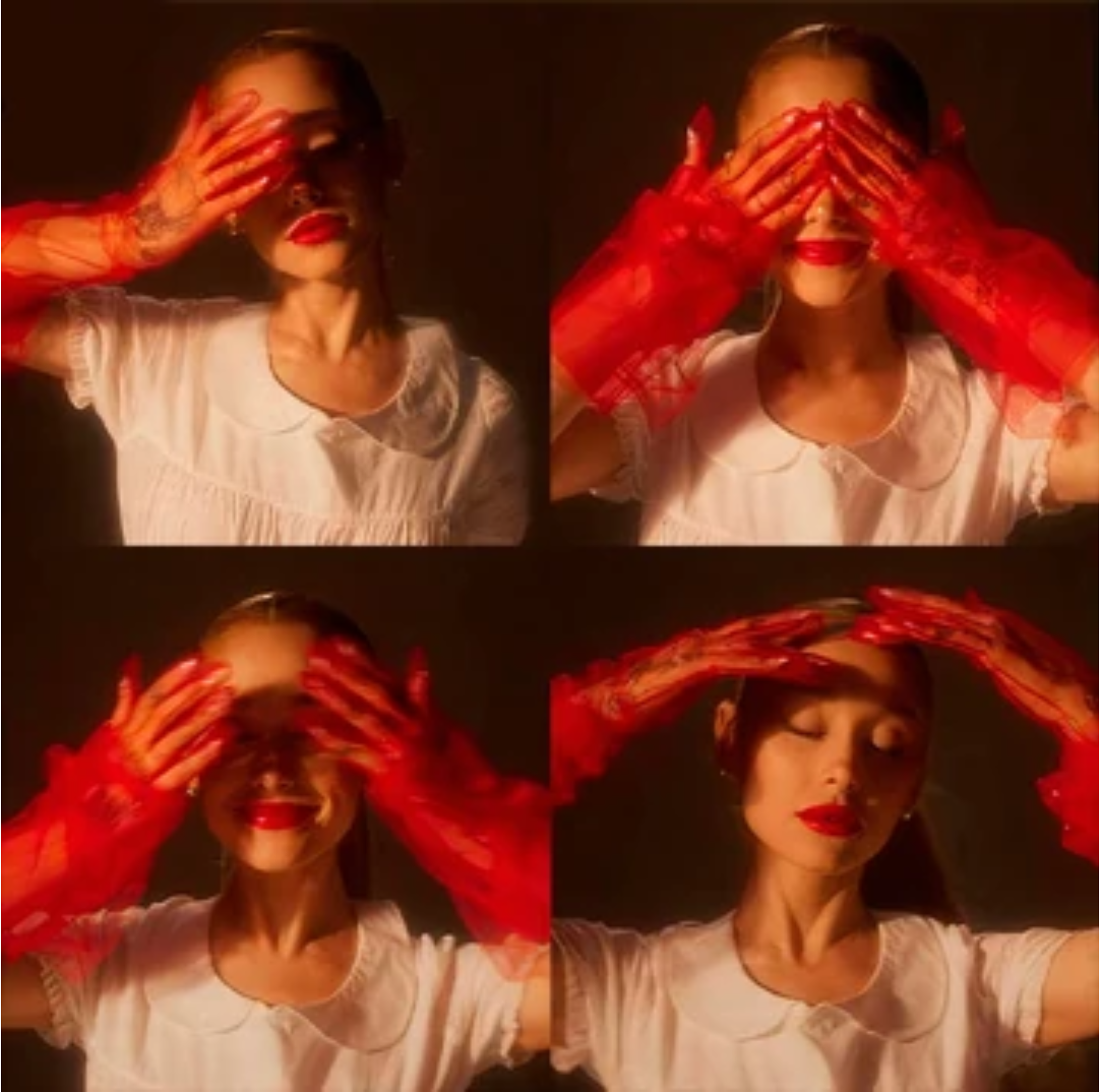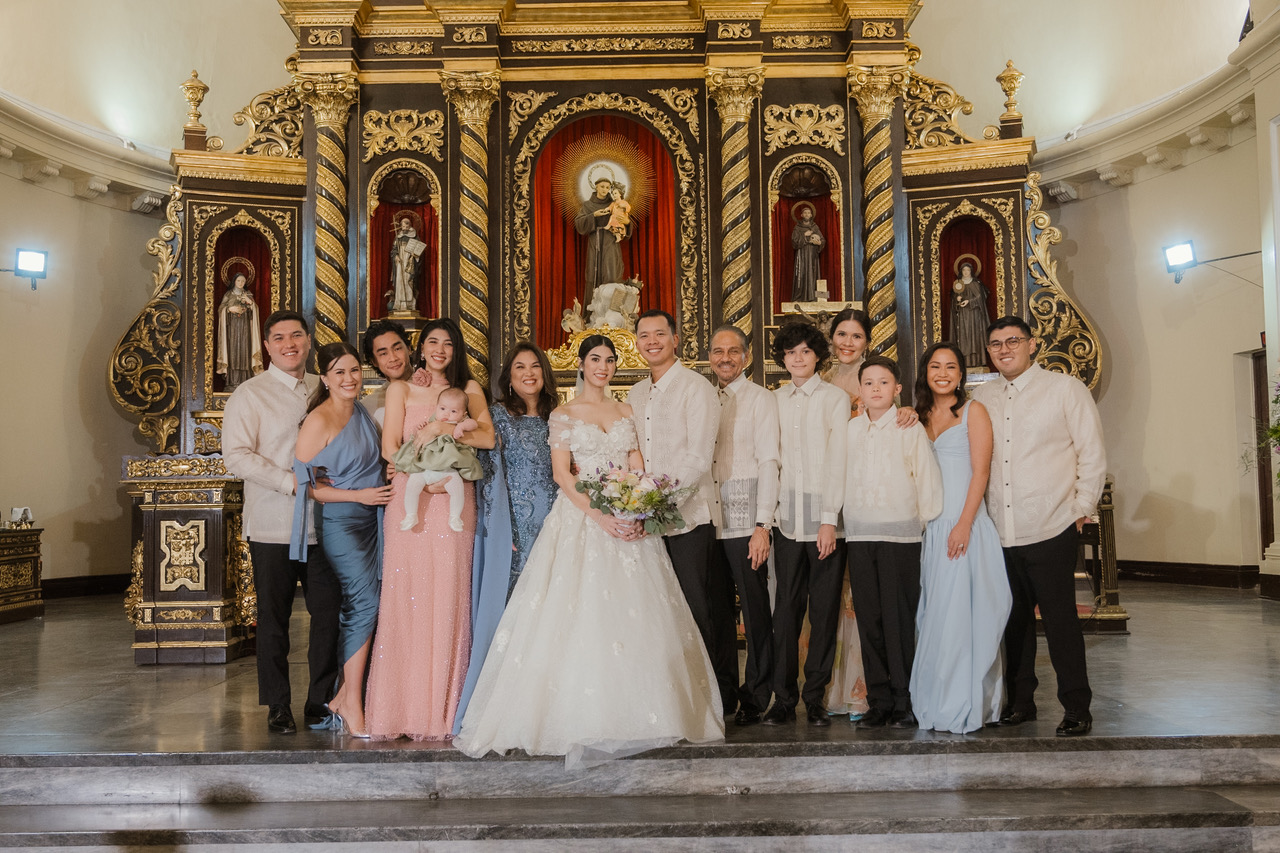
Through the sepia-toned filters displaying polaroids of self-doubt, moving on and raw heartache, Ariana Grande’s seventh studio album, “Eternal Sunshine,” paints the past anew as she takes listeners on an intricate journey of love and loss.
Amid constant controversy circulating her personal life, her album skyrockets as Grande’s signature provocative lyricism weaves between playing the villain and the victim narrative. Her words undeniably resonate within netizens’ heartstrings, with each melody of inner conflict striking a chord.
Vulnerability is at its purest form in the album’s very fiber, as it shadows Grande’s divorce with her husband of two years, Dalton Gomez, and features the same story in different heights, intensities and viewpoints.
“Eternal Sunshine” opens with Grande toying with the unpredictability of connection and then proceeds to navigate through the hopeless yearning to erase a past relationship from one’s mind. These themes take society down memory lane as she pulls inspiration from the 2004 film, “Eternal Sunshine of the Spotless Mind.”
The movie follows Joel Barish, who learns that his former girlfriend, Clementine, has erased all her memories of him. Heartbroken, he decides to undergo the same procedure. Through this, viewers are walked through their relationship in rewind—from their very last fight and breakup to the very first day they met and fell in love.
Grande leads the album with “Yes, And?,” which was born at a time when rumors about her were at their peak, ranging from health to infidelity. What has fully captured the attention of the internet, however, is the release of the music video of “We Can’t Be Friends (Wait for Your Love)” on March 9, a day after the album’s release.
Movie memories
The music video is where the album’s inspirational roots shine through the brightest, leaving many with no tears left to cry for its premise. The cinematography mirrors that of the 2004 film, in how Grande undergoes the same procedure of removing her past lover from her memory.
It starts with her in the waiting room, carrying a box of all the significant items from the relationship; as in the original movie, she has to burn the items in the box for the procedure to work. As the doctors go through each item in the box, the music video shows around how each item came to be.
Yet, there is a fascinating detail in Grande’s video: She keeps the necklace her ex gave her—and even holds on to it while her memories get wiped. This small point breaks the viewer into shambles as one scrambles to interpret the symbolism of the open-ended scene. While some believe it to be an unconscious part of her still holding on to her ex, most are convinced that it references Grande keeping Mac Miller’s dog after his passing. This is supported by how the necklace then shifts into a collar.
Although the music video’s message centers around moving on and not waiting any longer for someone’s love, it directly contrasts the sentiments of “Eternal Sunshine of a Spotless Mind,” as it underscores the essence of love and trying again toward the end of the movie.
Nevertheless, what best encapsulates the message of both is the air of Alfred Lord Tennyson’s verse, “It is better to have loved and lost than to not have loved at all.” It directly attacks the notion of “Never missing what one never had” and instead highlights the value of love unfiltered—encompassing the joys of companionship and appreciating what the sting of regret and hurt of heartbreak brings to the lived experience of humanity as a whole.
With how divorce and finding love once again being beautifully unfolded through cohesive ballads that incorporate R&B, synth-pop and musical theater, “Eternal Sunshine” is undoubtedly Grande’s masterpiece of a seventh ring. —CONTRIBUTED INQ













































